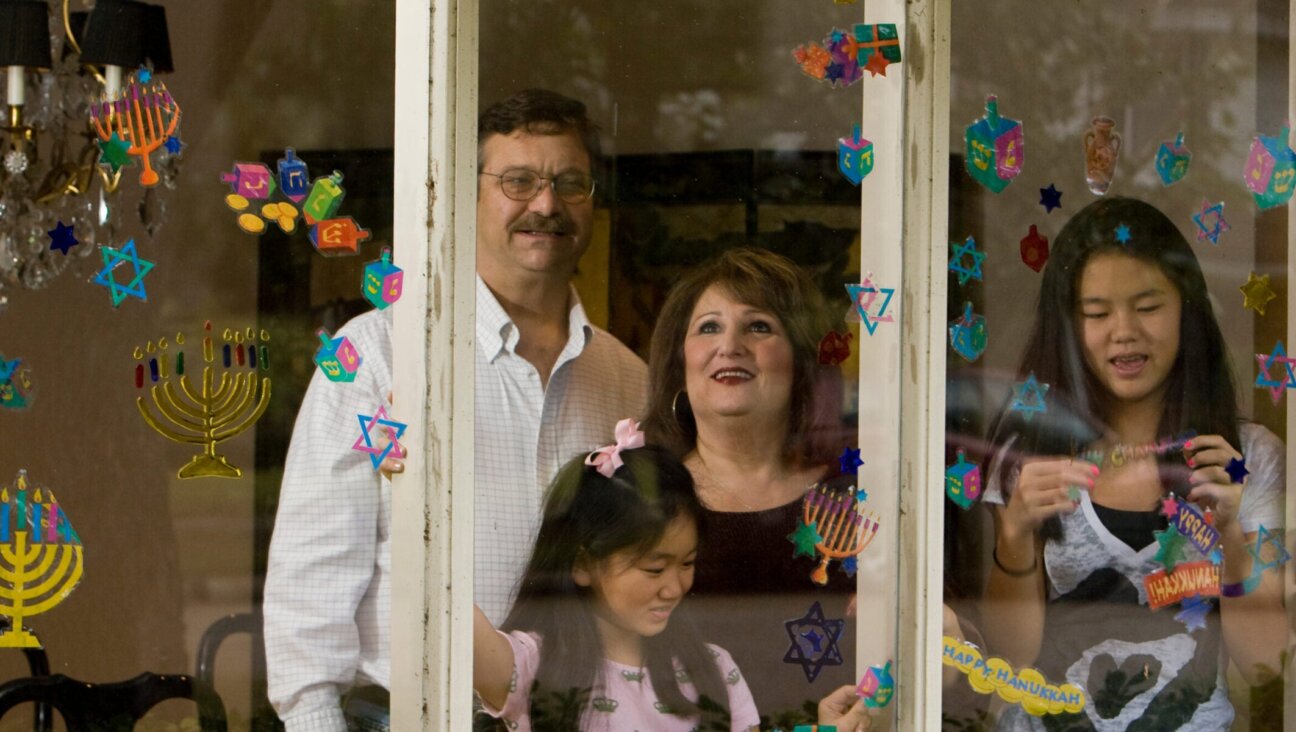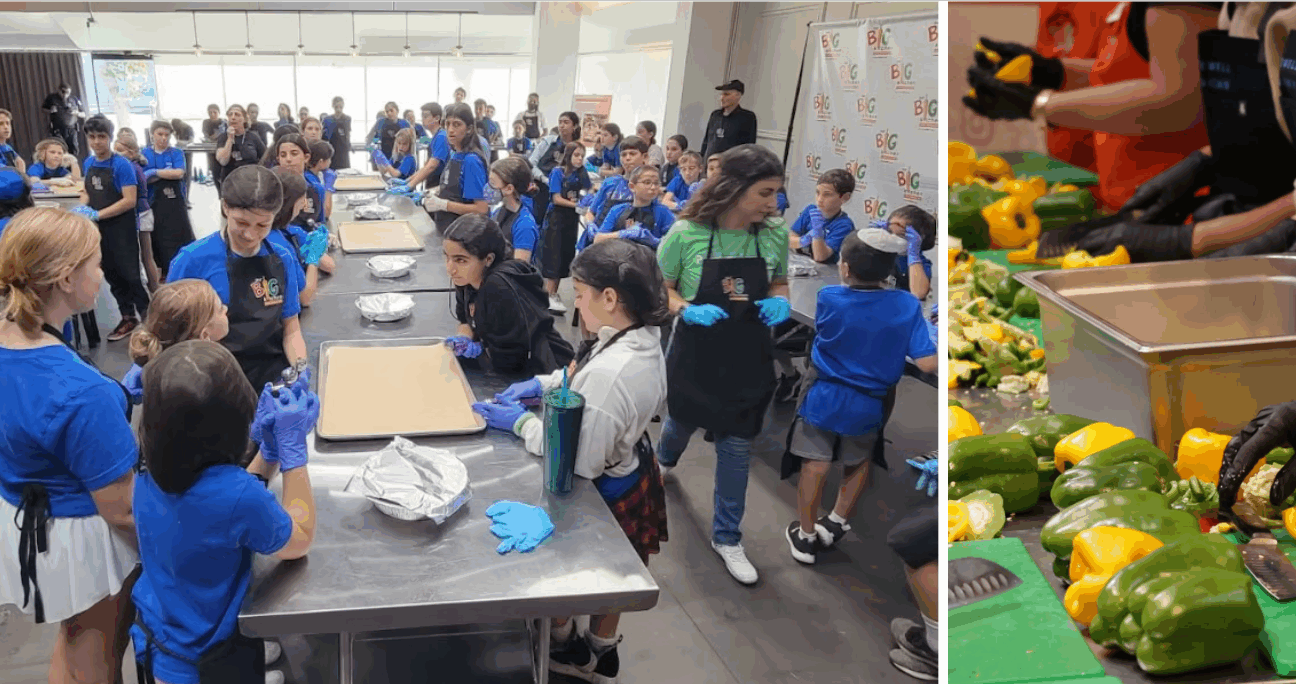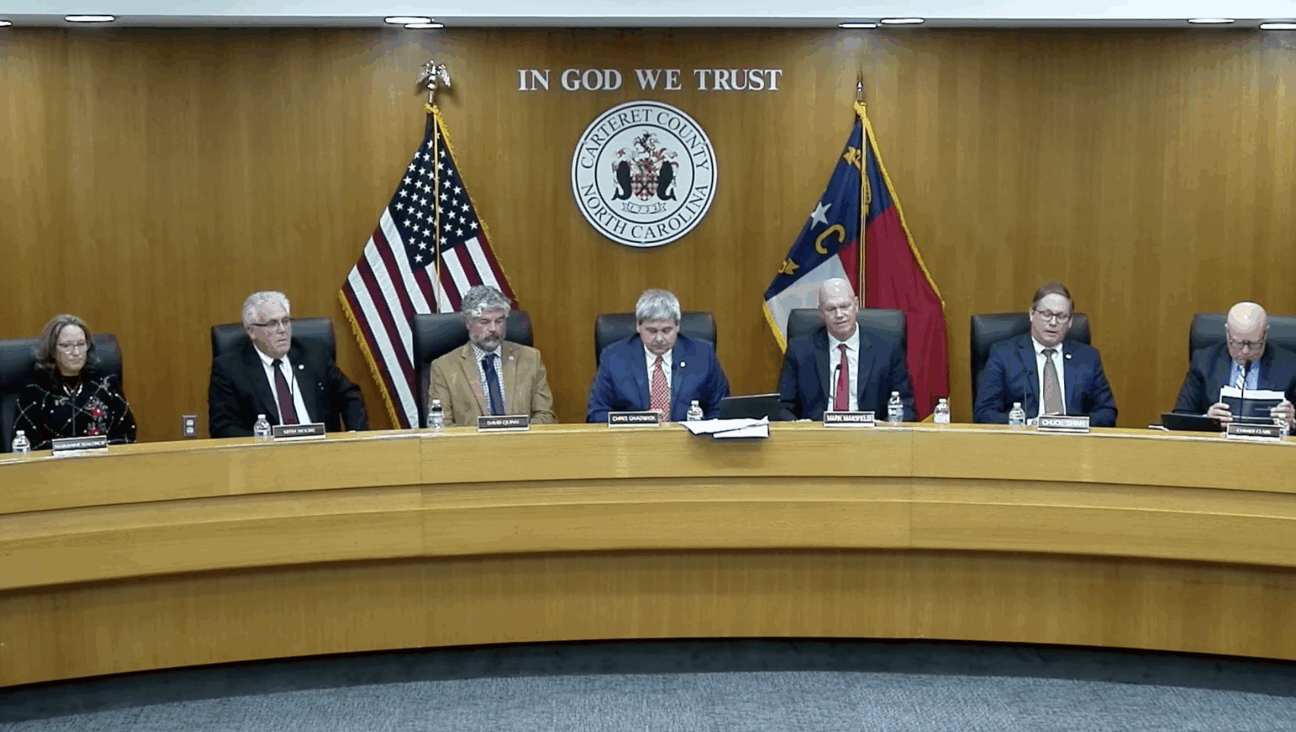Germany excels at restoring synagogues destroyed by the Nazis. But can they foster new Jewish life?
Munich’s Reichenbachstrasse Synagogue shines again. But unless it hosts regular prayer, it’s just a museum with a bimah
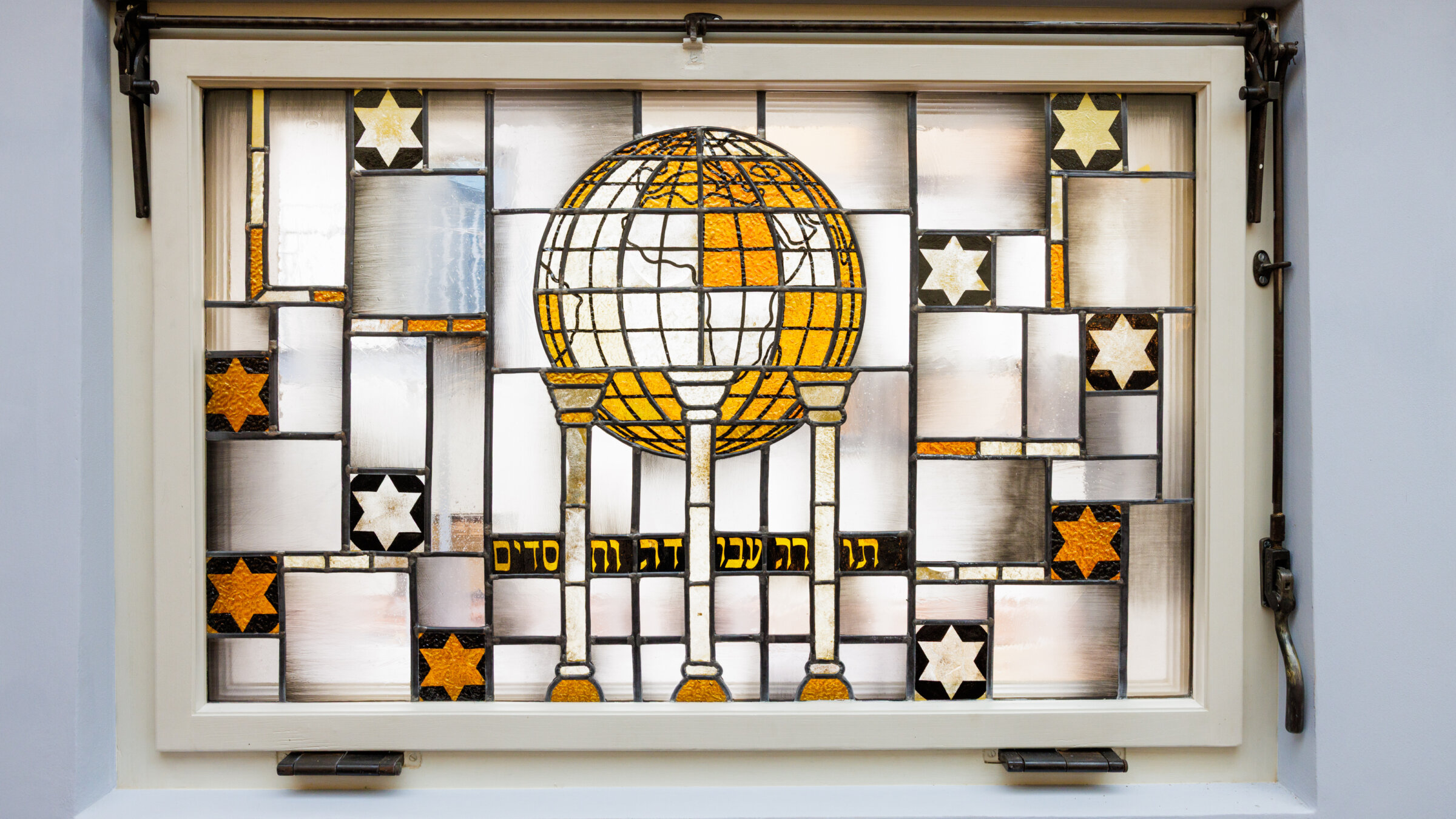
A stained glass window in the newly restored Reichenbachstrasse Synagogue in Munich, Germany. The shul is the city’s only surviving prewar synagogue. Photo by Thomas Dashuber/München
I was in the pews when Munich reopened the Reichenbachstrasse Synagogue — the city’s only surviving prewar synagogue — last month. It is an exquisite restoration and a bevy of politicians showed up. Germany’s chancellor, Friedrich Merz, fighting back tears, promised to protect Jewish life; so did Bavaria’s minister-president, Markus Söder, and Munich’s mayor, Dieter Reiter. The celebrated pianist Igor Levit, who is Jewish, played Mendelssohn and Schubert and wiped away a tear of his own.
It was unmistakably a state occasion. The speeches were solemn, the security heavy and the messaging familiar: “Never again.” “We owe you this.” “Jewish life belongs here.”
Projects like saving the Reichenbachstrasse Synagogue are politically legible: They are blueprints, permits, ribbon-cuttings, and a price tag you can print in a press release. They are also finite. What isn’t finite is the work of actually keeping Jewish life alive inside the walls the state has paid to refurbish.
The cost of renovating Jewish life in Germany is not cheap. The €14 million (roughly $16.5 million) project was paid for by the German government, the state of Bavaria and the city of Munich, with the nonprofit association that led the rescue effort covering the remainder. It is admirable that so many actors came together to make this restoration possible. Yet recent history provides a few cautionary tales.
Particularly since the 1980s, numerous synagogues have been polished, though not necessarily brought back to life, with public funds. In Erfurt, Essen, Görlitz and Augsburg, architectural restoration has often stood in for restoring Jewish life.
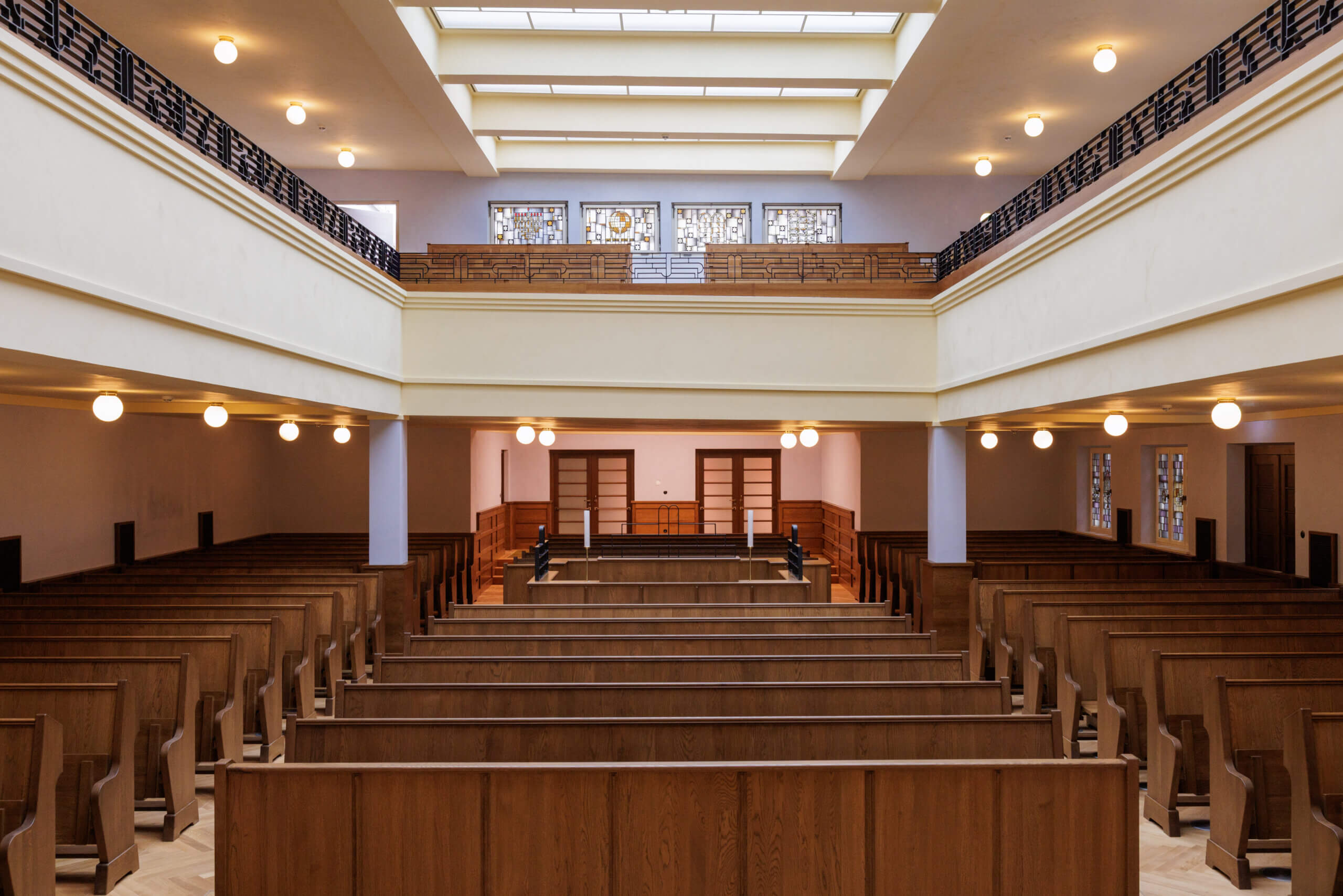
Perhaps the strangest and most glaring example of this is Berlin’s Neue Synagoge, whose Moorish façade has dazzled and gold dome has glistened since 1995. However, the massive sanctuary — once the largest in Europe — was never rebuilt. Berlin’s Rykestrasse Synagogue, lovingly restored between 2004 and 2007, is a notable exception; it is currently Germany’s largest functioning Jewish house of worship, but its small community is dwarfed by the enormity of its interior.
Unlike a city like Görlitz (which has roughly 30 Jews), it makes good sense to foster new synagogues in Munich and Berlin, the cities with the highest Jewish populations in Germany, according to the Central Council of Jews in Germany. With sufficient support (including, naturally, engagement from Munich’s Jewish Community, which owns the building), the new Reichenbachstrasse Synagogue could become a revitalized spiritual home for Munich Jewry.
Designed by the Bauhaus-trained architect Gustav Meyerstein, the 550-seat Reichenbachstrasse Synagogue originally opened in Munich on Sept. 5, 1931. It was vandalized in the Kristallnacht pogrom of November 1938, patched up by survivors, and reopened in 1947 as Munich’s main synagogue — until the community moved in 2006 to Sankt Jakobs Platz, a nearby central square.
Its renovation is full of beautiful, resonant choices that display a painstaking attention to detail. The curtain for the ark that will house the Torah scrolls is woven from original fabrics by the Bauhaus textile master Gunta Stölzl — a gift from her grandson, Ariel Aloni, who flew in from New York to make the donation. The new stained-glass windows were fabricated by the Munich glassworks firm van Treeck, the same company that was contracted for the original windows back in 1931, according to Meyerstein’s designs.
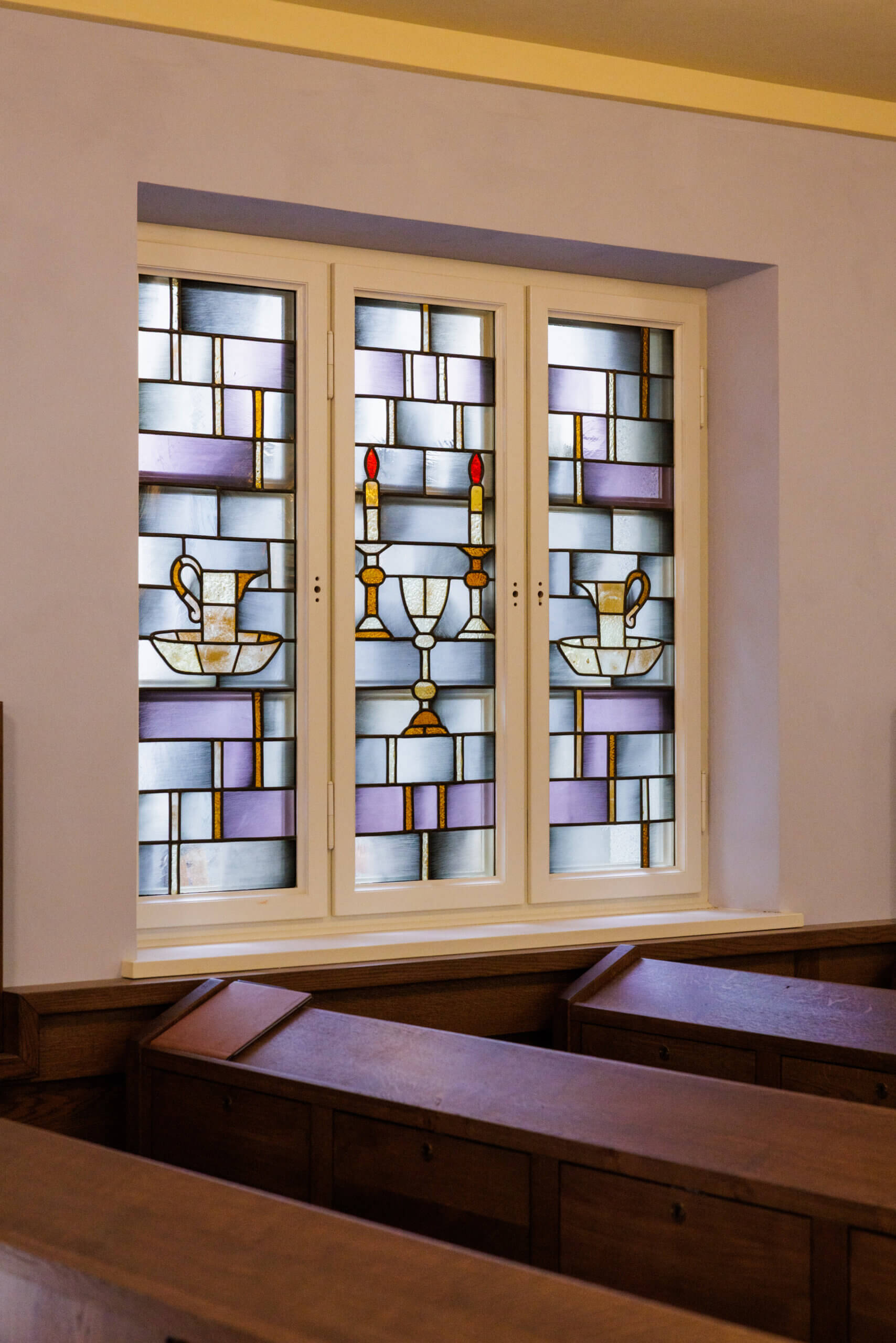
Yet amid the talking points of German responsibility for safeguarding Jewish life, there was no credible plan presented for the building’s future.
Plenty of rabbis were present, yet none spoke. No prayers were recited. The evening was billed as a reopening, not a rededication of an active Jewish religious space. Rachel Salamander, a renowned German-Jewish literary scholar who spearheaded the shul’s rescue, made a point of saying that the Reichenbachstrasse Synagogue had been “restored as a house of worship — that is its primary purpose: to be a house of God.” But concrete details on when or how that might happen were not forthcoming.
When I asked around at the reception (where the food was provided by a non-kosher caterer), nobody could tell me who will be davening here regularly, what the prayer schedule is, or how the community intends to avoid turning this restored synagogue into yet another monument to Jewish life before the Holocaust.
A synagogue is not a “kulturelles Hotspot” (as Munich’s mayor bizarrely said he’d wished it would become) and Jewish life is not a series of German politicians wearing polyester-velvet kippot for the cameras. A flourishing shul is the outcome of operating budgets, clergy contracts and volunteer rosters. Jewish life means a space for prayer, study and conversation, and rabbis and scholars to facilitate it.
None of this is as telegenic as a chancellor’s tears. All of it costs money — the unglamorous kind that never ends. It is also bureaucratically irksome, and, in a country where antisemitic incidents nearly doubled in 2024, according to data compiled by the Federal Research and Information Point for Antisemitism, not without its challenges.
If the politicians who spoke so eloquently last month mean what they say about safeguarding Jewish life, they cannot stop at new pews, stained-glass and Bauhaus textiles. If “never again” is to be more than a rhetorical flourish, it has to be cashed out in regular prayer, in teaching, in the messy conviviality of a real congregation.
I have a selfish stake in all this: I live in the neighborhood. Sitting in the renewed sanctuary exactly a week before Rosh Hashanah, I imagined praying there; I imagined the awkward, happy collisions that define a living shul — the bar-mitzvah kiddush where the rugelach and schnaps runs out, the evenings when congregants in their holiday best cross paths with revelers in lederhosen and dirndls. (As Salamander pointed out, the Jewish High Holidays often coincide with Oktoberfest, as happened this year.)
If the Reichenbachstrasse Synagogue becomes a house of prayer again — regularly, reliably — then Merz’s tears will have meant something. If it doesn’t, then we have mounted yet another memorial to Jews where a shul ought to be.



